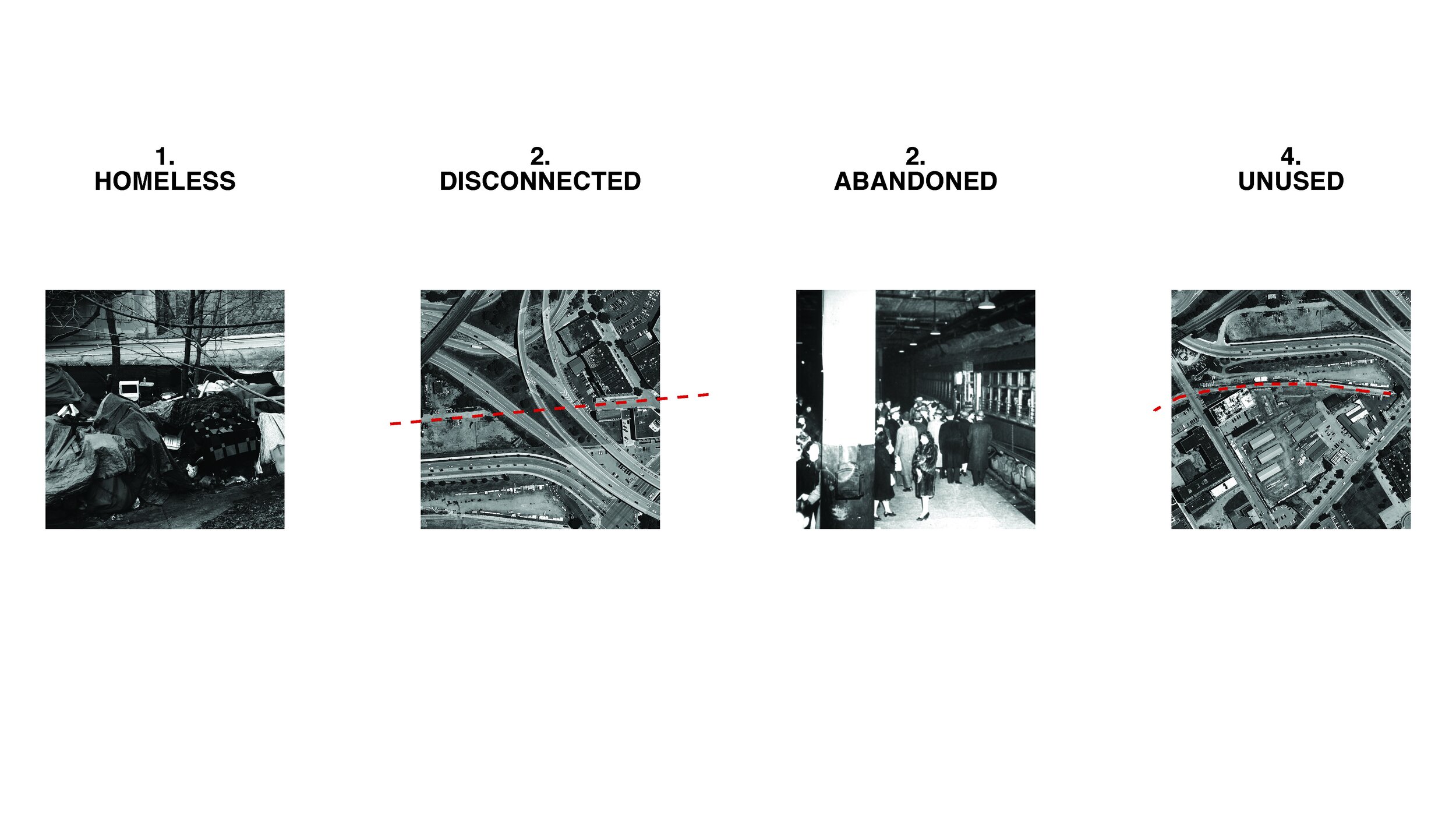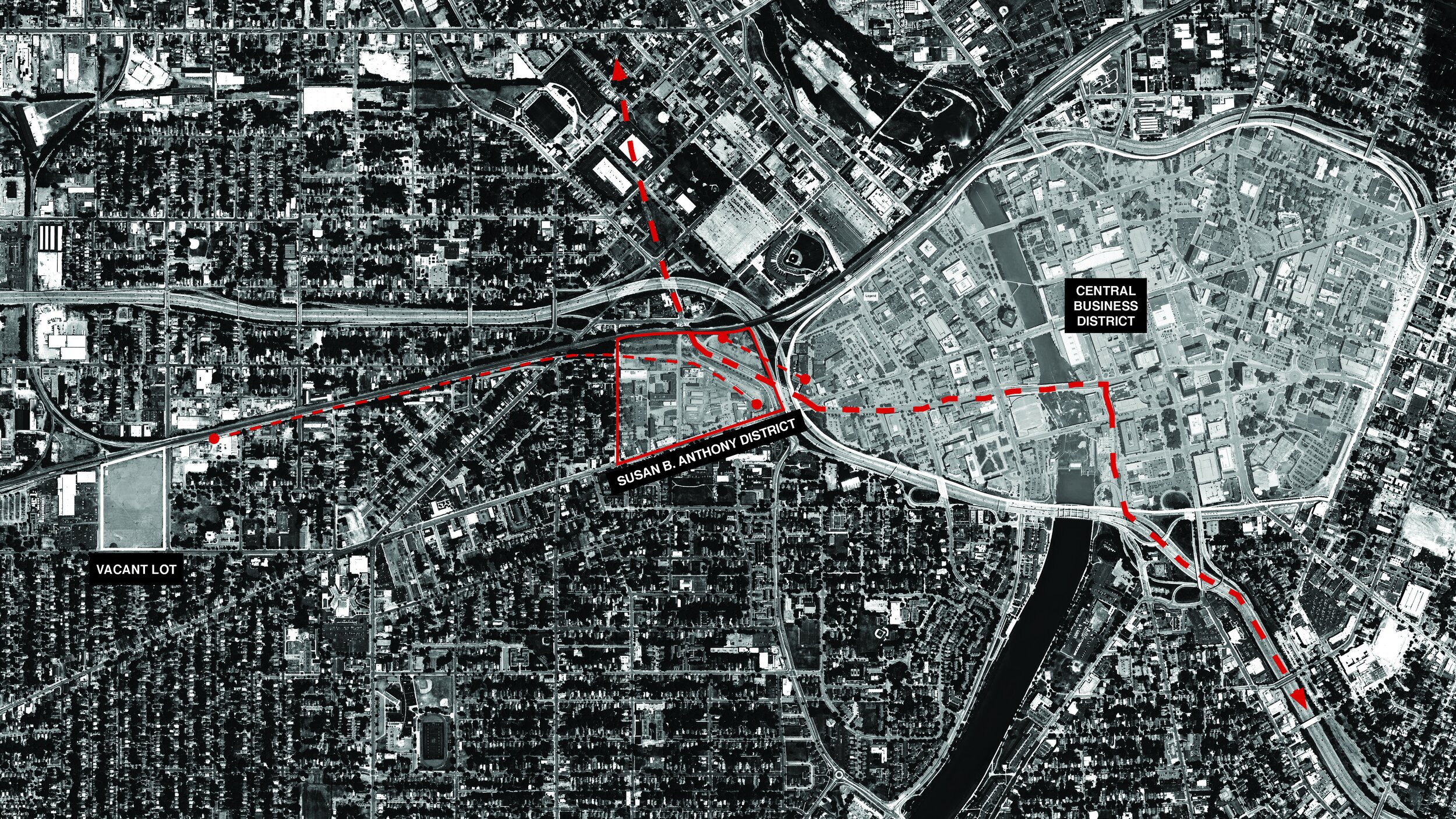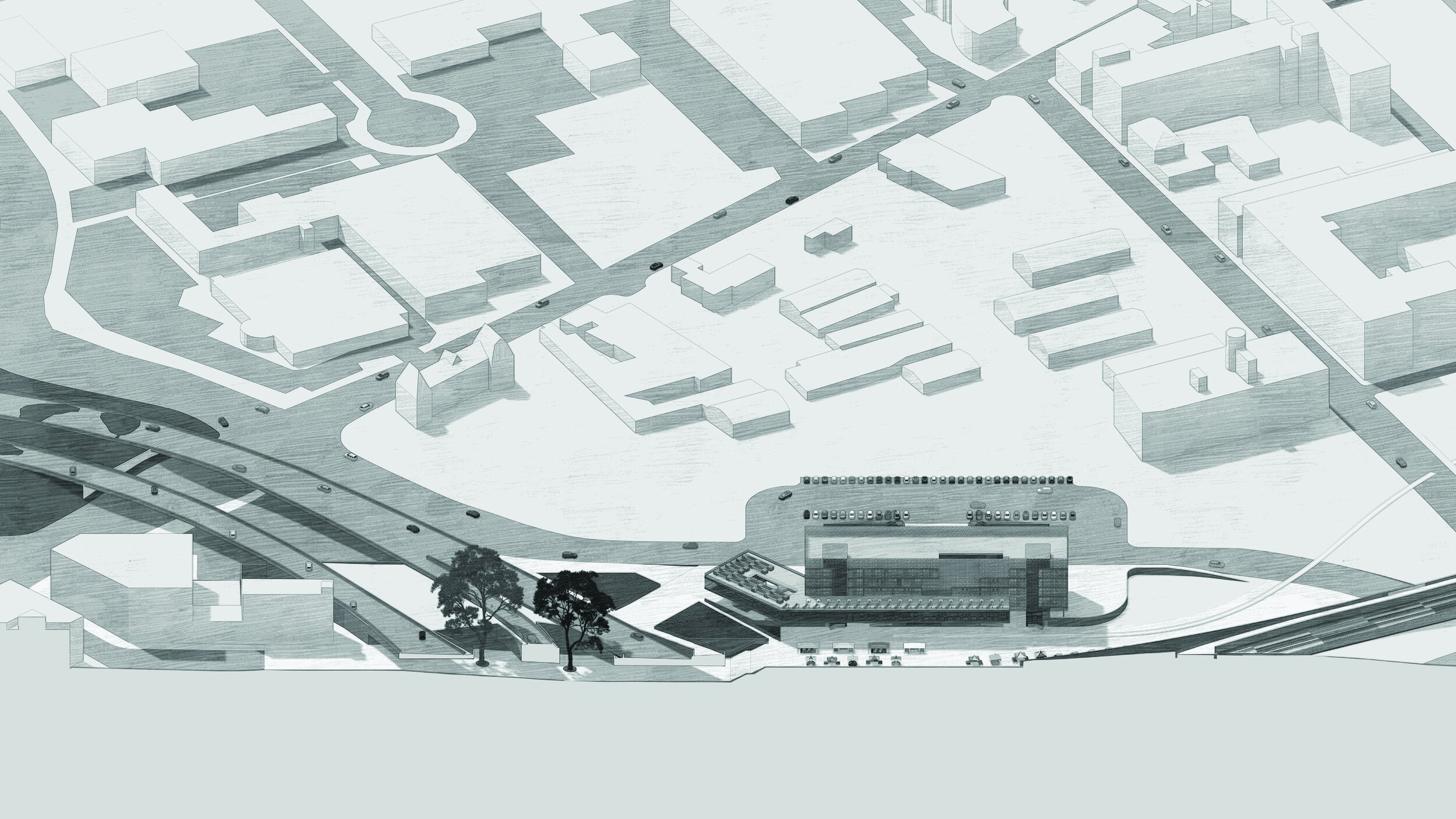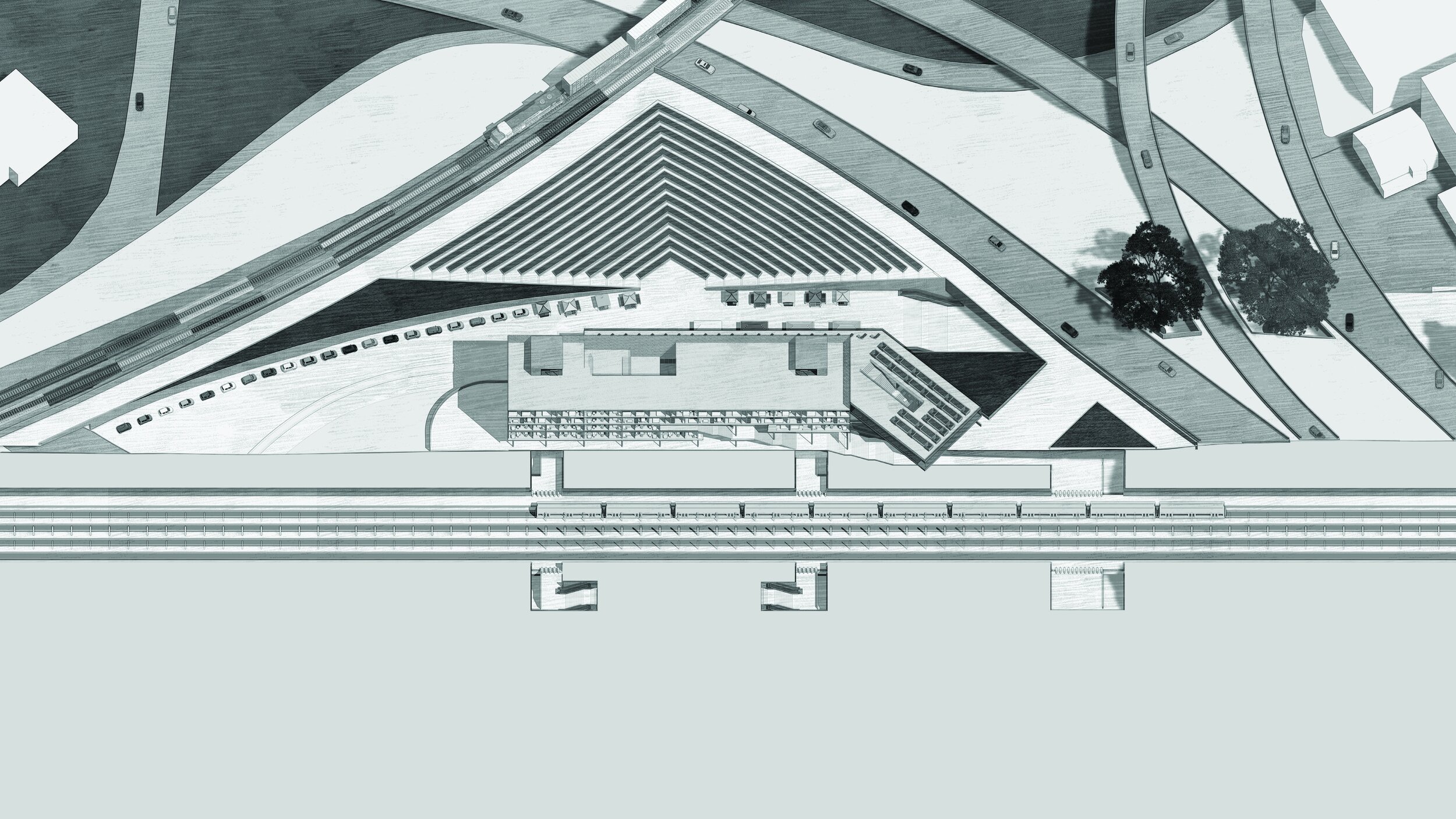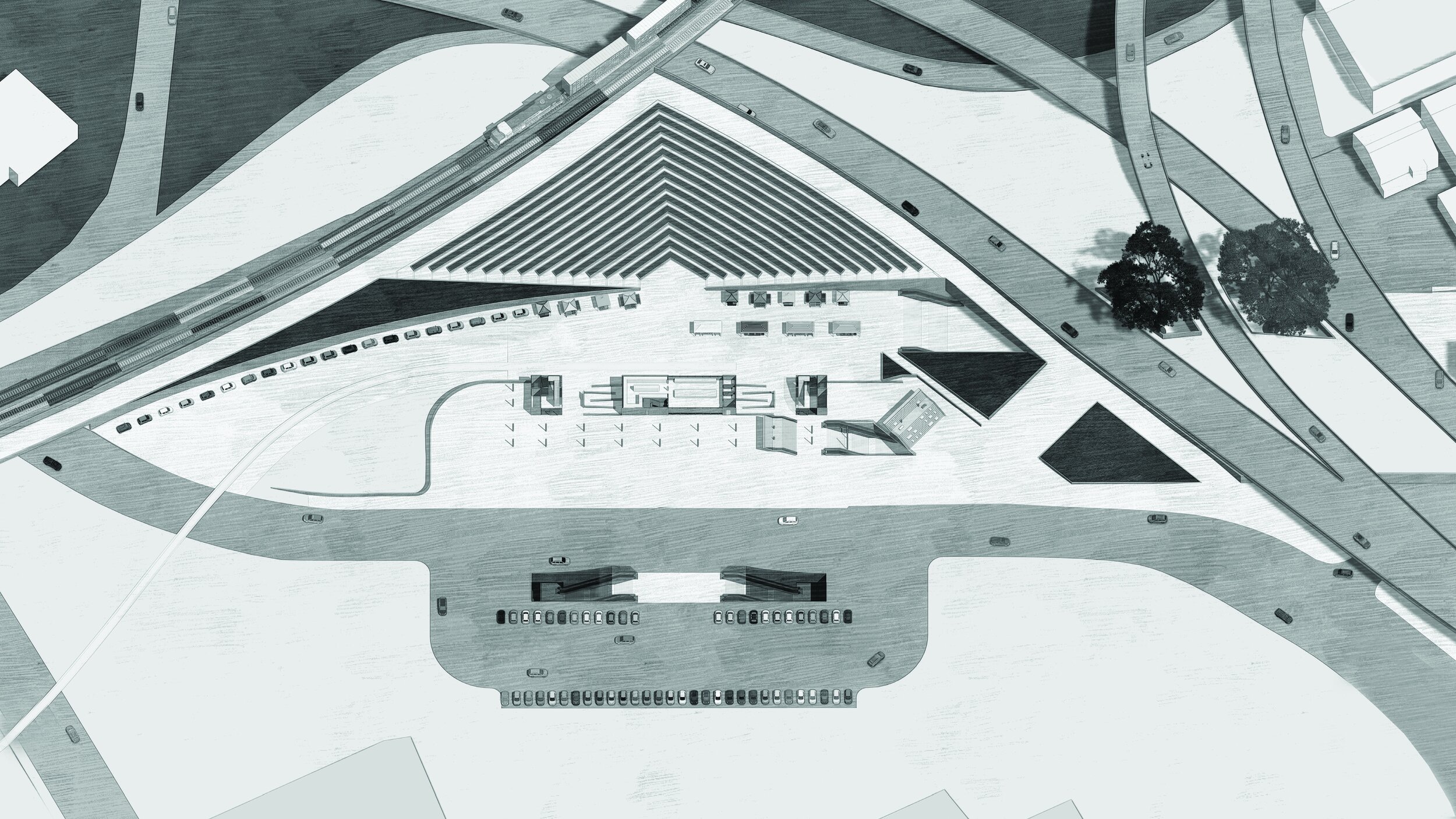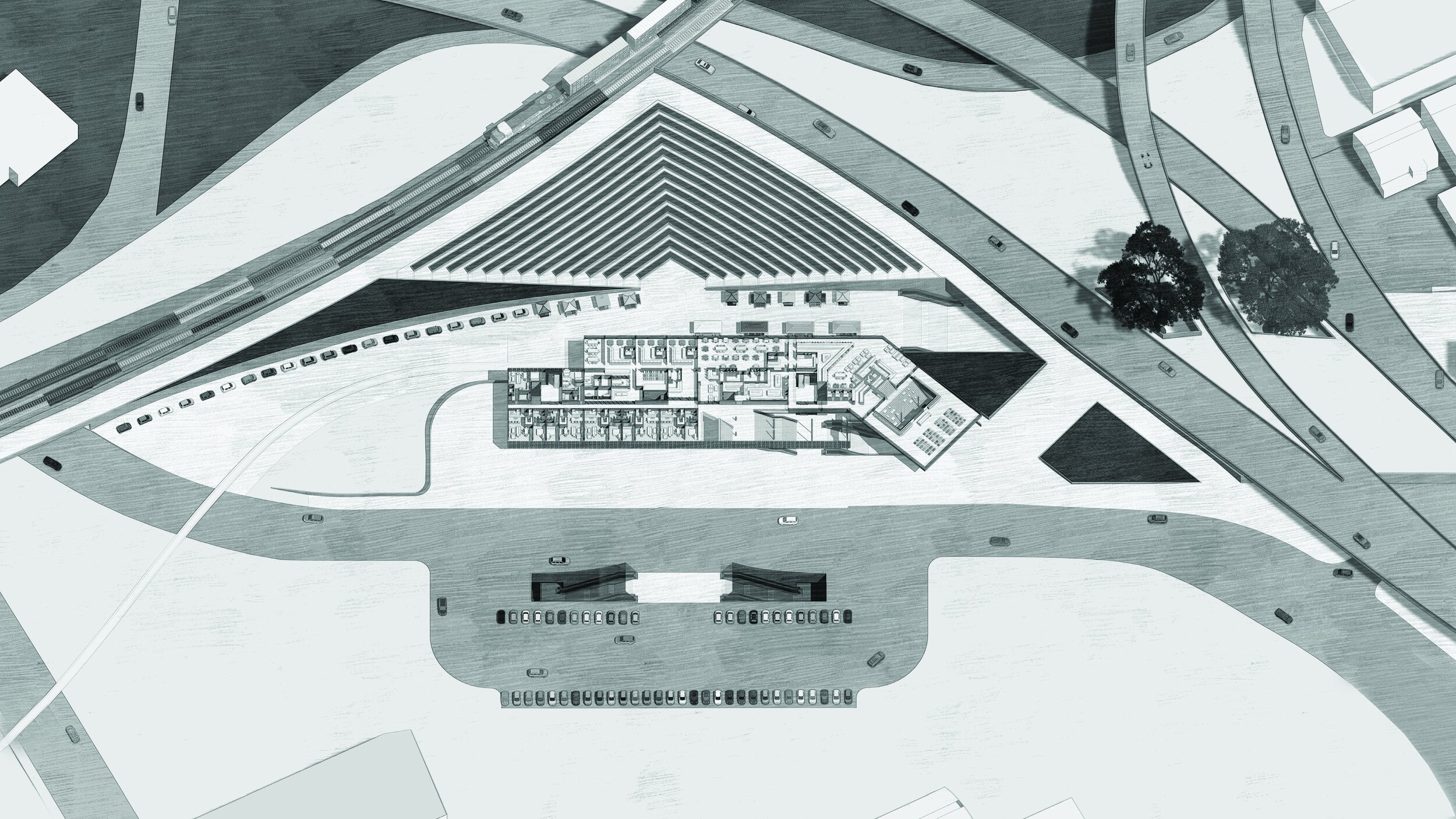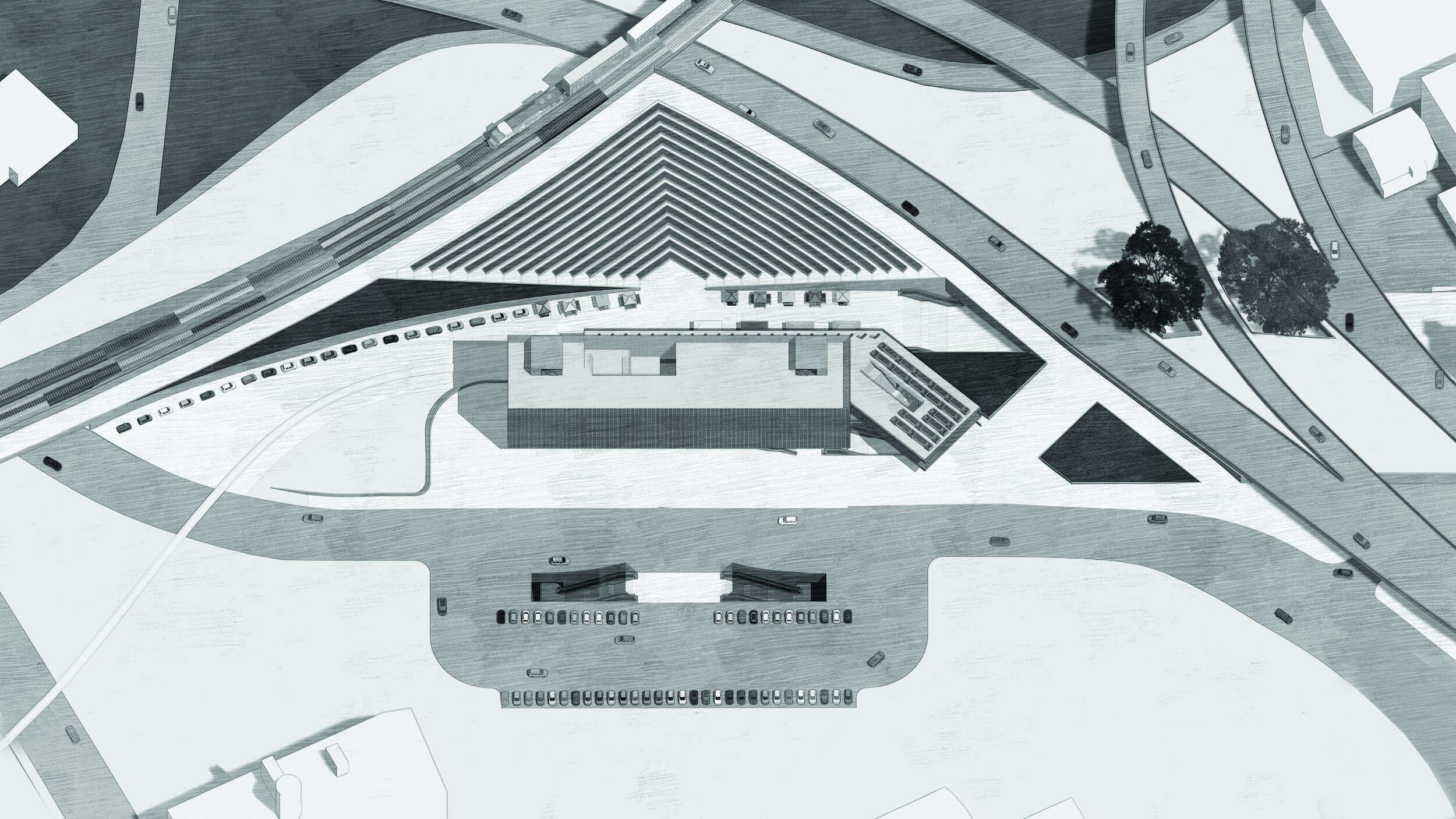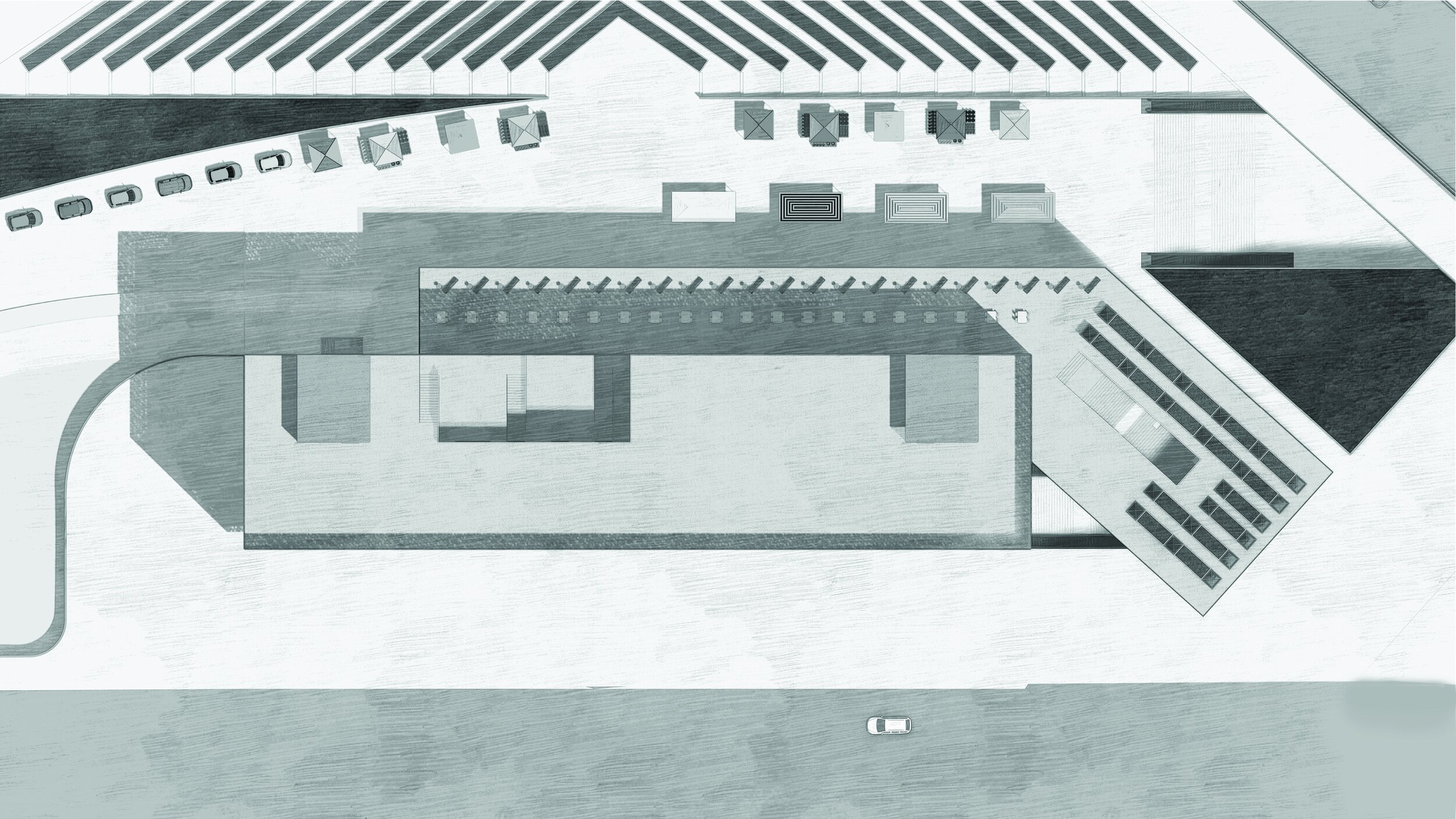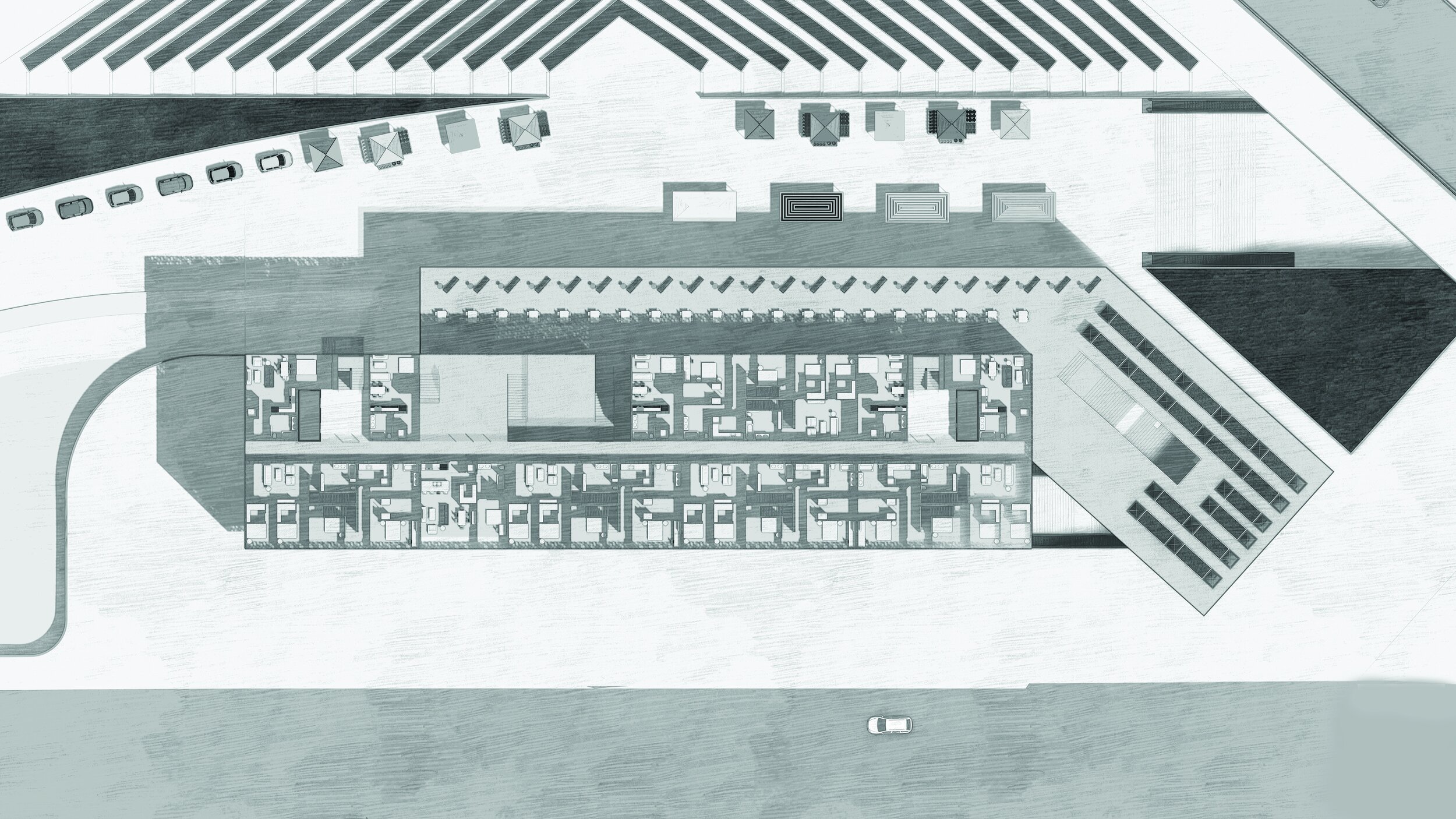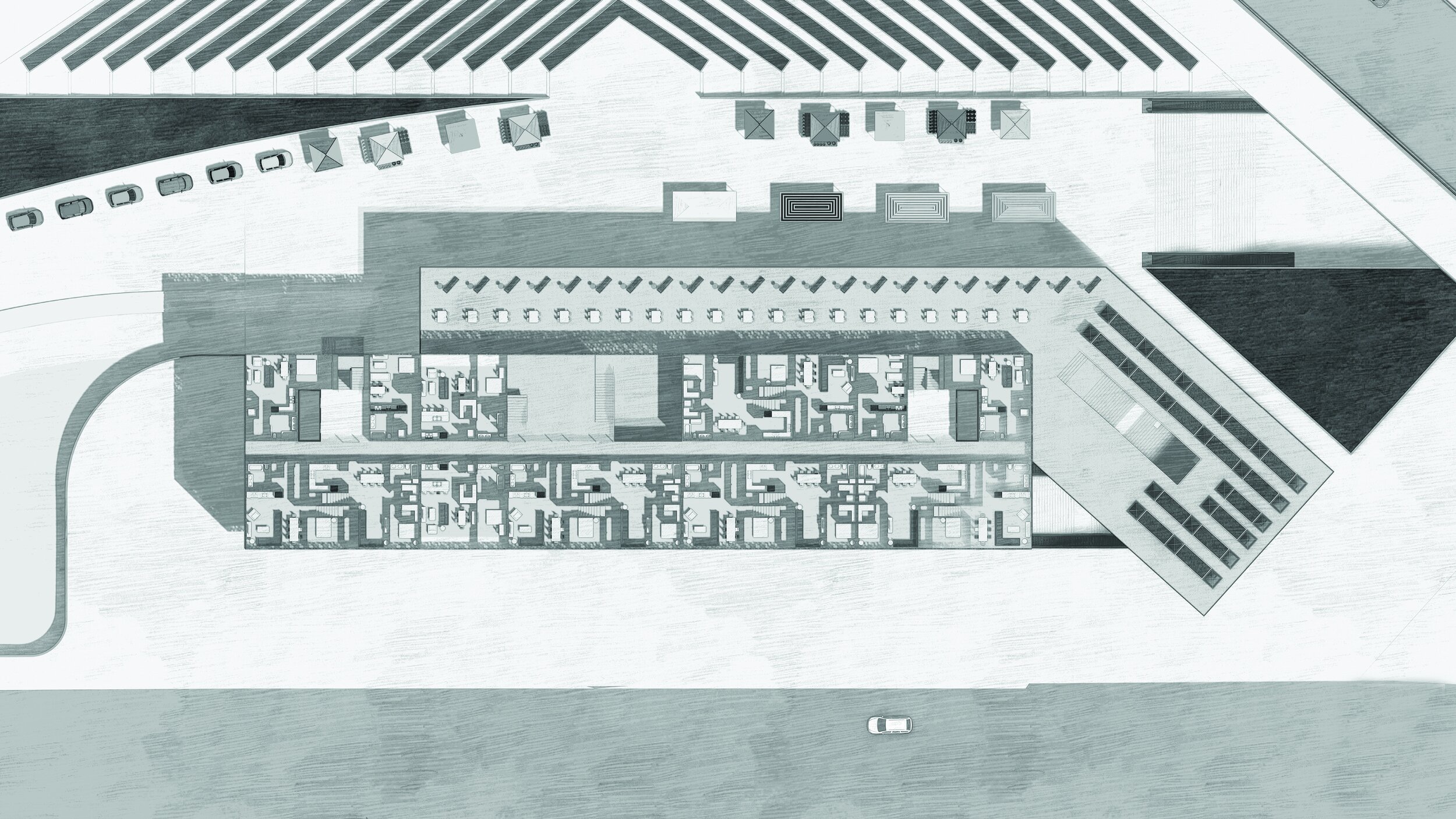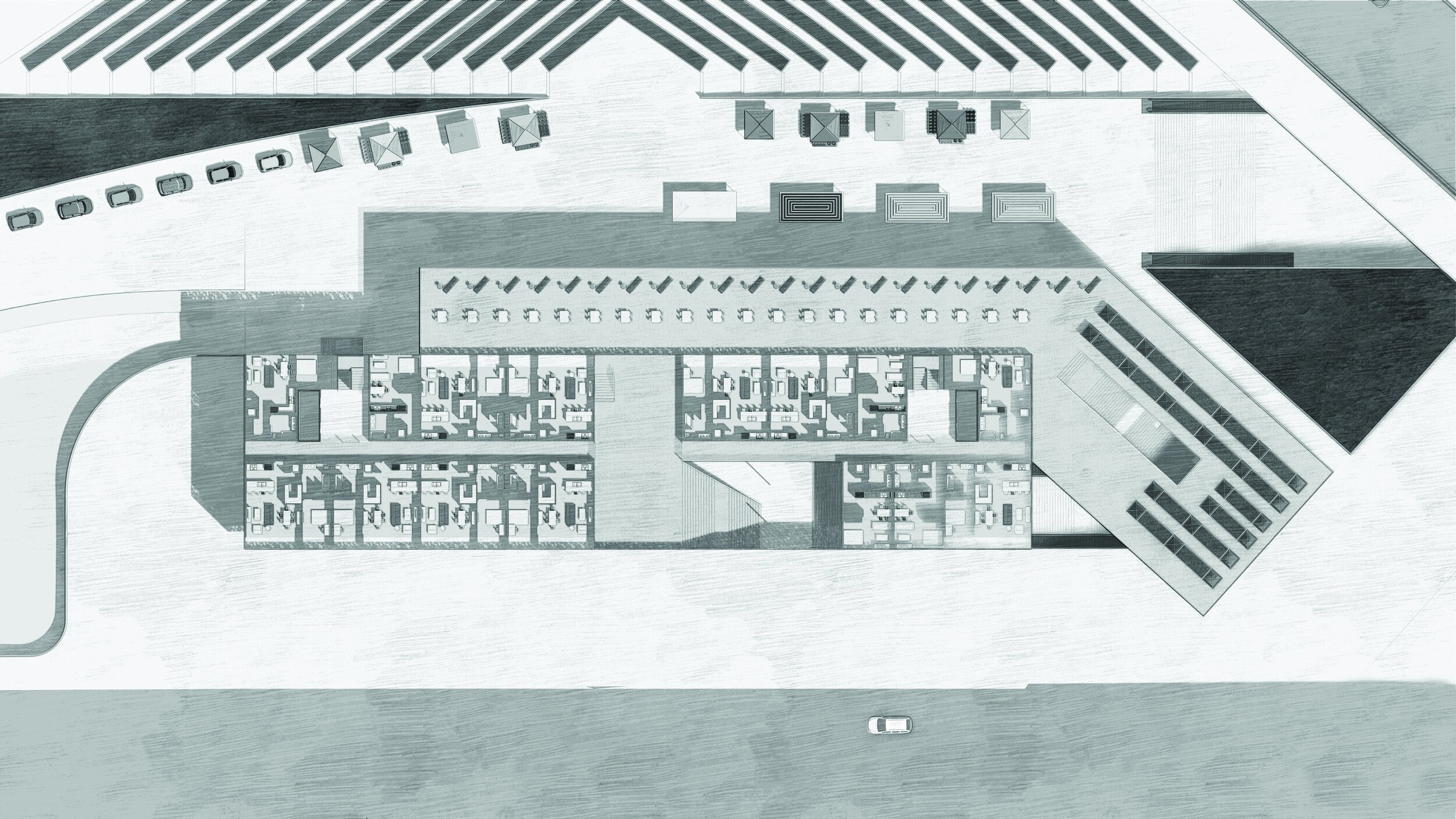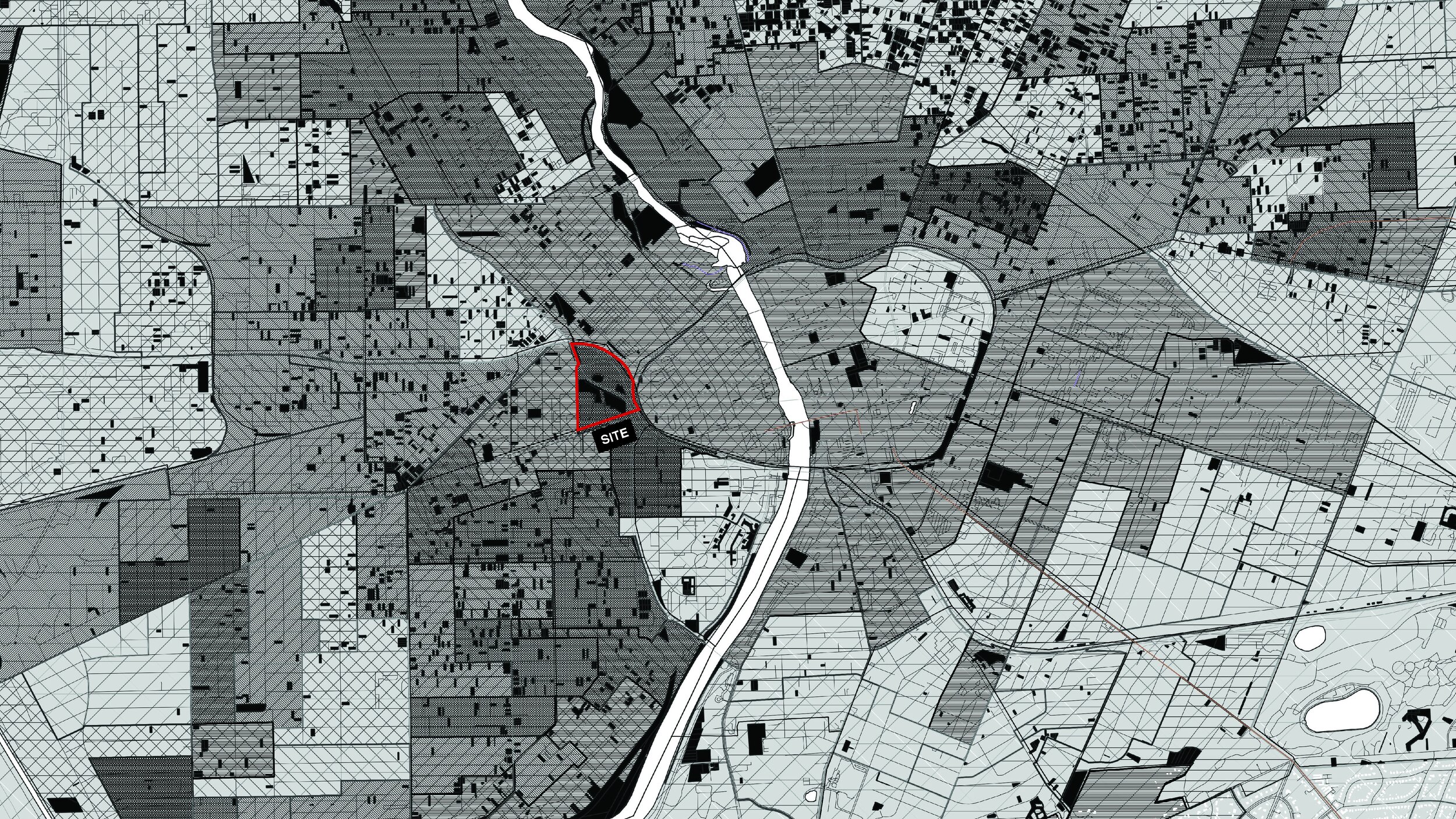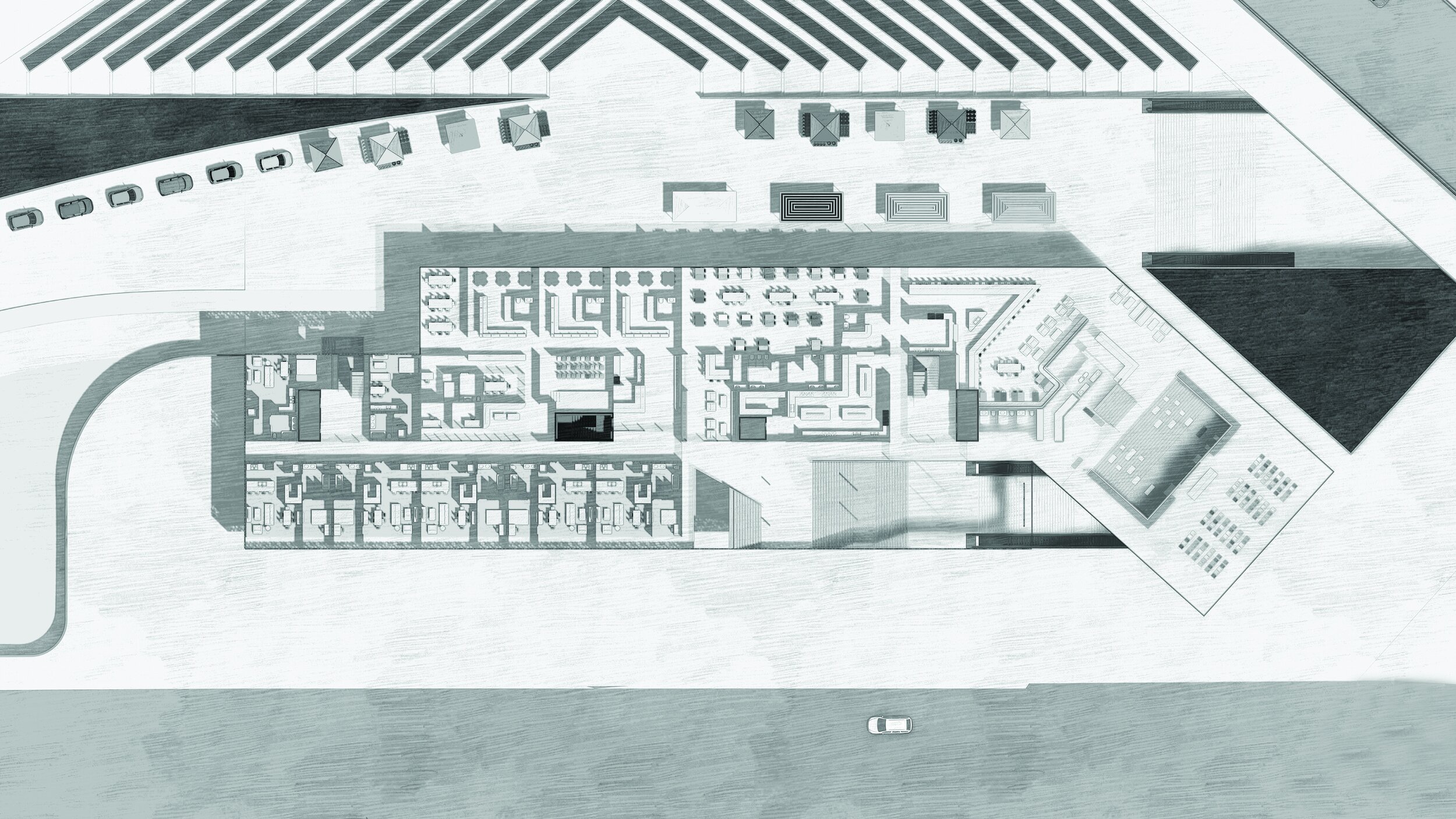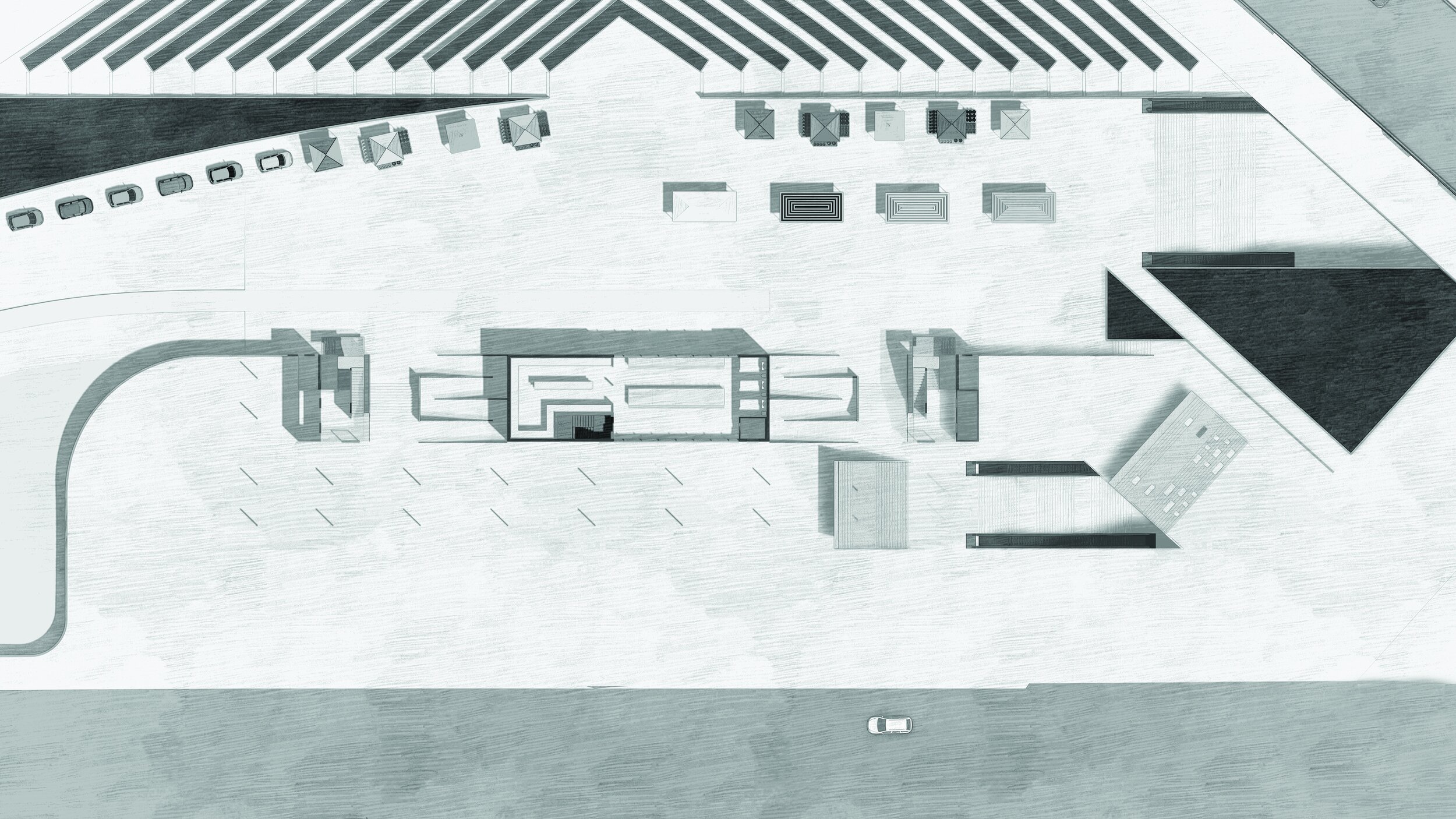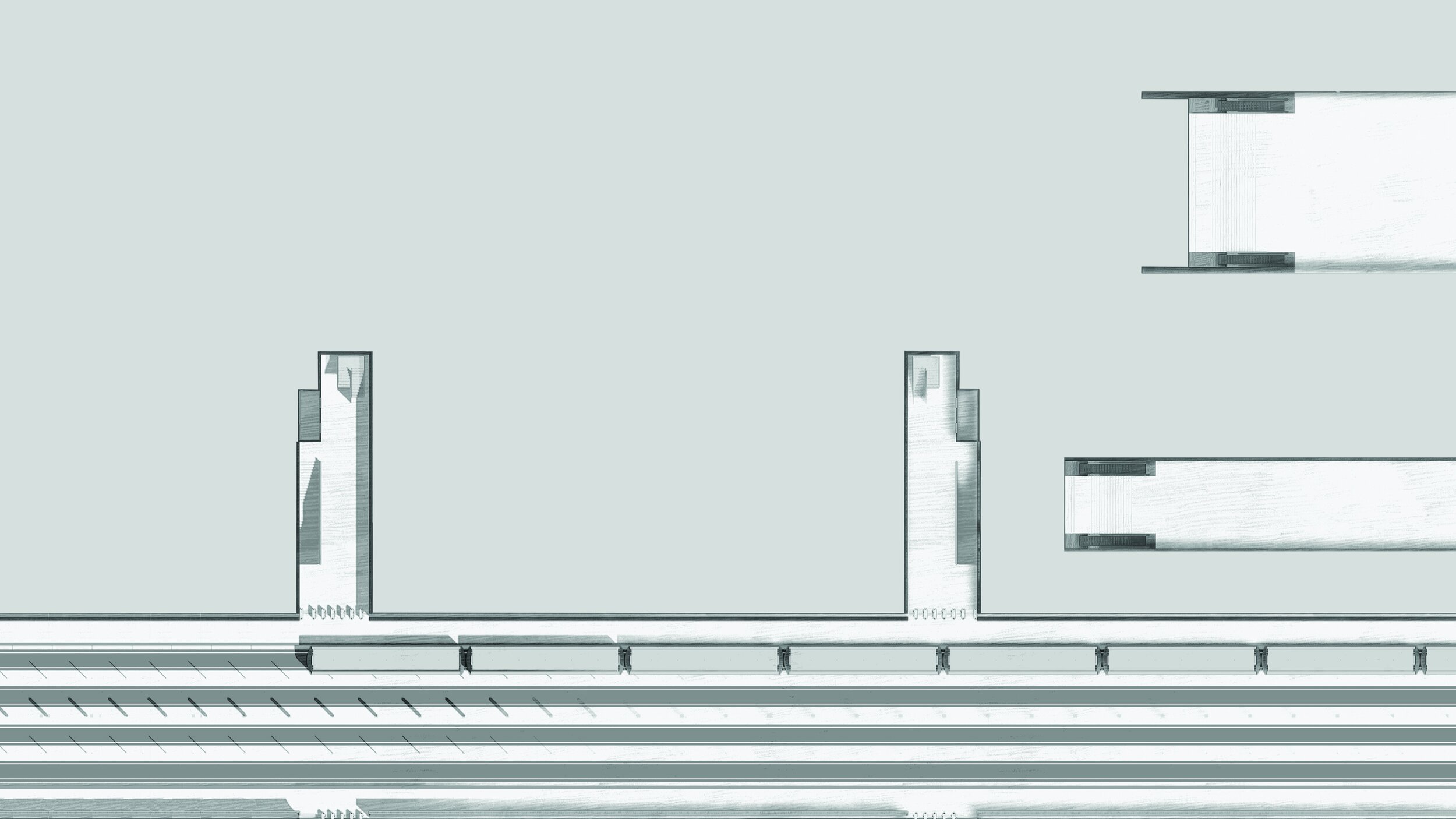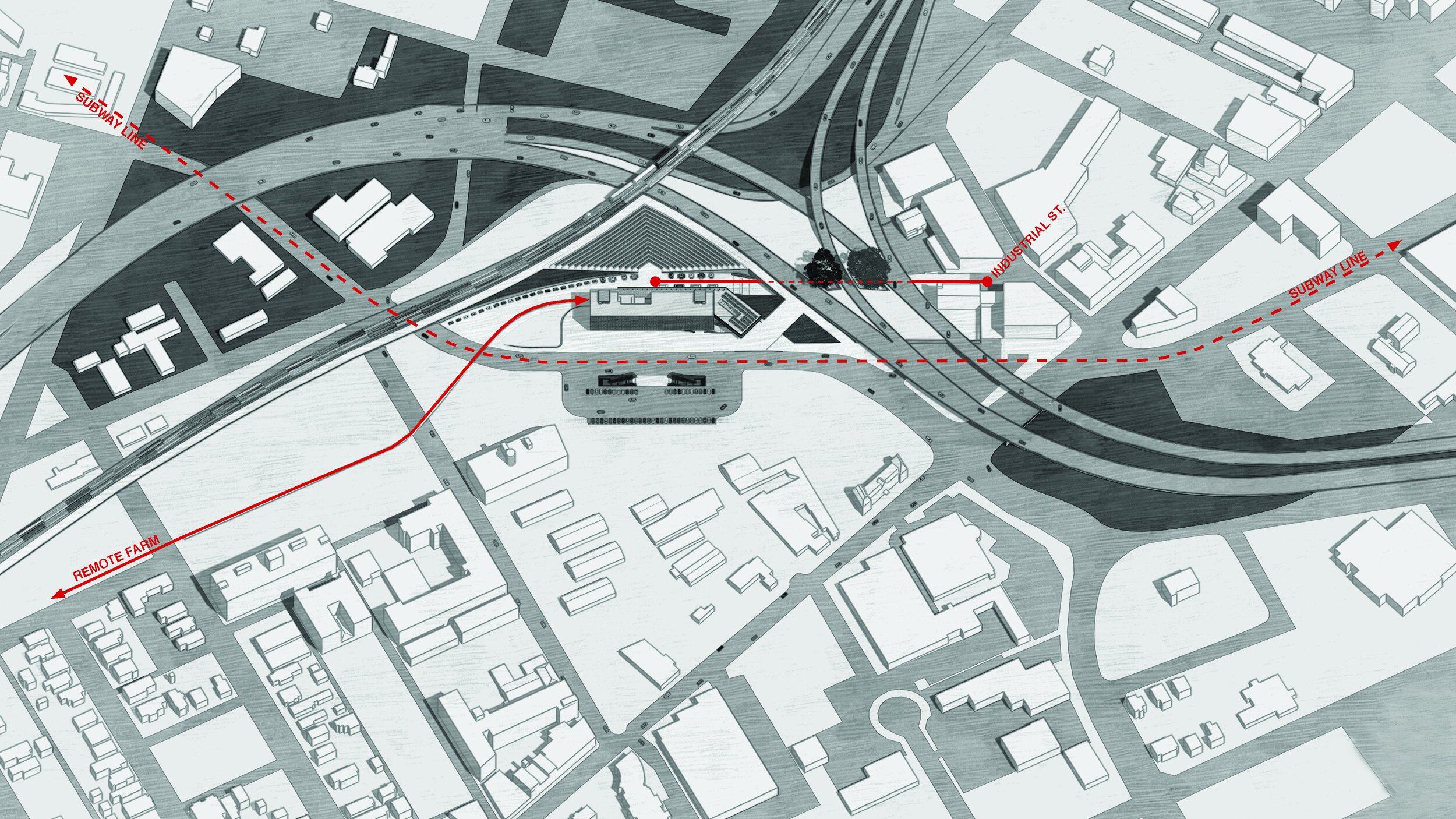
From homeless to housed, from margin to center, and from abandoned to activated.
DESIGN VIII:
REINVENTING ROCHESTER
Spring, 2020
PROJECT DETAILS:
ARCH 4102: Design VIII
Rochester, NY, USA
Scott Ruff
SKILLS/SOFTWARE:
Rhinoceros (3D Modeling)
Lumion (Drawings)
Photoshop (Graphics)
It is commonly believed that the African American population in New York State developed as a result of the great migration of African American southerners to the north in search of industrial (factory) jobs in the early twentieth century. In fact, there were a number of African American settlements and urban enclaves throughout the state dating back to the early 1800’s. Reinventing Rochester explores the historical and contemporary urban morphology of Rochester which has a legacy of African American inhabitation. The project speculates on how the insertion of new civic “minded” spaces could generate new ways to reference a history that is poorly celebrated at best or, at the worst, purposely suppressed and erased. The project engages questions of community, monument, memorial and urban infrastructure. Reinventing Rochester responds to the fundamental needs and desire of the community to articulate their history (the past), maintain their traditions (the present) and pass on their legacy to the next generation (the future). The project seeks to address homelessness, marginalizing infrastructure, and forgotten streets. Today the Susan B. Anthony district of Rochester is vulnerable to gentrification being a predominantly renter occupied African American neighborhood living near the poverty line just west of the central business district. This project seeks to address start from the ground up to help house the homeless by providing housing as well as employment and education. The site is located between Industrial street and West Broad Street and is currently a homeless encampment that is sanctioned by the city. With regards to employment, there are both on-site and remote farms that are used to grow produce that is then used in the culinary school and restaurant housed within the building. Additionally to help struggling parents the project has an internal day care for various age children. With regards to infrastructure, the project reactivates the abandoned subway line that runs underneath the site that goes into the central business district. The project doubles down on re-activation by reconnecting Industrial street by creating a tunnel under the isolating infrastructure of I-490 that broke the road into two pieces. All in all the project seeks to be a holistic solution to homelessness and isolating infrastructure using education, employment, and infrastructure to reinvent the Susan B. Anthony neighborhood of Rochester.
